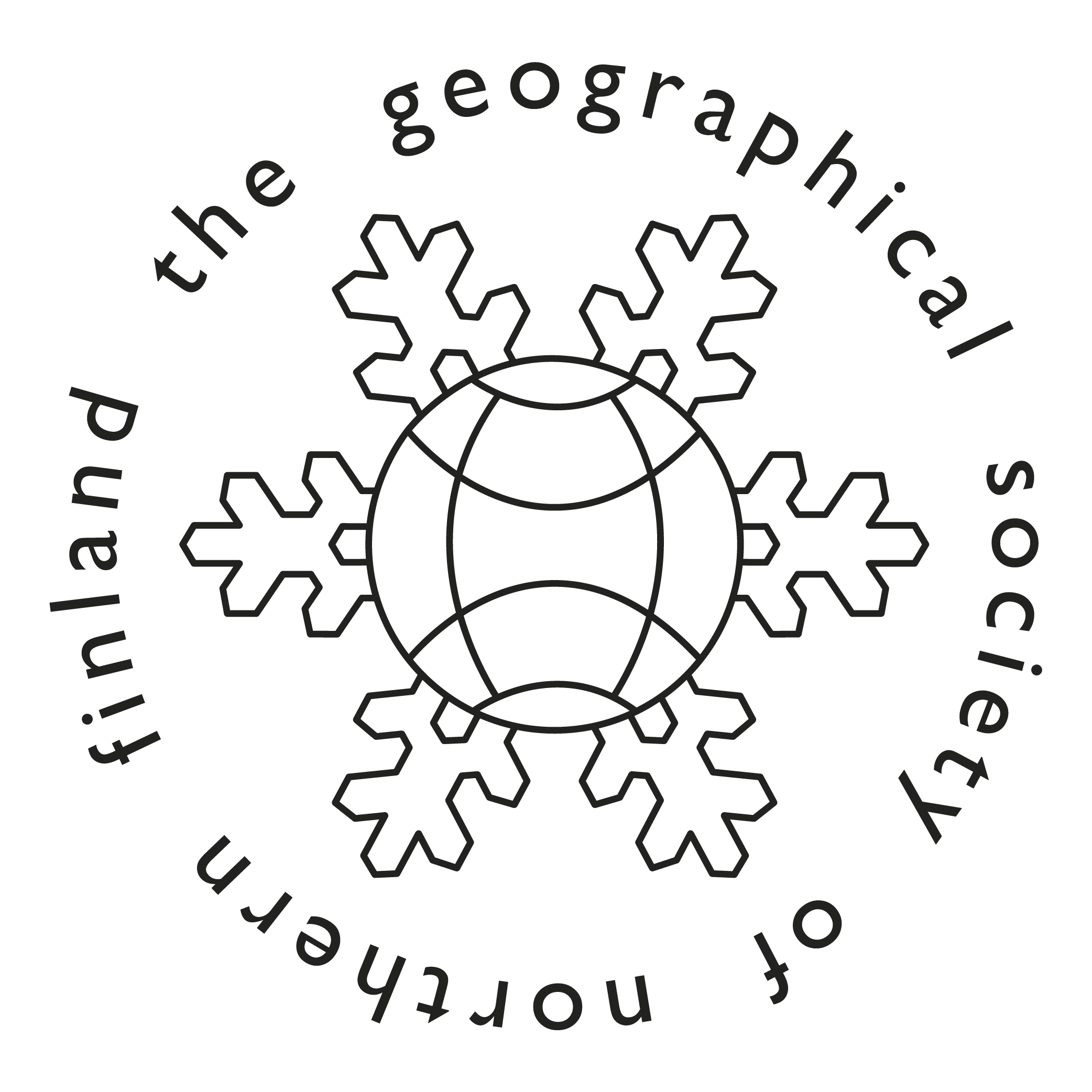Rethinking spaces of education: a multi-sited study of youth educational paths in northern Finland
DOI:
https://doi.org/10.30671/nordia.163587Abstract
This dissertation is situated at the intersection of geography, education and youth studies. It examines the transitional stage between lower and upper secondary education among 15–16-year-old young people in northern Finland. The decisions made during this stage are increasingly consequential in youth educational paths. In Finland, like elsewhere, youth education has become a central cog in the push to keep up with global competition and knowledge-based economization. However, concerns have been voiced over increasing spatial inequalities in and between different Finnish regions in terms of educational accessibility and educational attainment levels.
To address the complexity of these spatial dynamics and tensions, this inquiry approaches youth educational paths as spaces of education. Drawing on relational theories of space and particularly the work of Doreen Massey, these spaces are considered as dynamically constituted across multiple sites and scales. The material used in the study comprises state education policy documents as well as materials generated during school visits in urban and rural northern Finland in 2019, including interviews with young people and ethnographic fieldnotes. The three sub-studies included in the dissertation explore how spaces are constituted at the intersection of policy, everyday life, and emotion.
The study shows how the spaces of educational paths are constituted through state policies that dictate what kind of education is available and where. It brings to the fore how young people in northern and sparsely habited regions often face the expectation to be mobile when navigating their educational choices. The study also shows how these spatialities extend from policy spatialities to relations with and between different places at the site of young people’s everyday life. The study also highlights how spaces of youth educational paths entwine with emotions, discussing how the entwined emotional and spatial dimensions of youth educational paths entail a strong orientation toward futures – and how these futures pertain to imaginations about the state, northern regions as well as young people.
This dissertation contributes to the rethinking of spaces of education via a multi-sited and multi-scalar approach that enables a nuanced understanding of the spatialities of youth educational paths. The study underlines that youth educational paths are not merely linear transitions from one educational stage to another but involve complex and dynamic spatialities at the nexus of policy, everyday life, and emotion. Such a spatially attuned reading highlights how spaces of youth educational paths and related inequalities are not fixed or uniform but are actively produced and thus open to change.

Downloads
Published
Issue
Section
License
Copyright (c) 2025 Marika Kettunen

This work is licensed under a Creative Commons Attribution-NonCommercial-NoDerivatives 4.0 International License.






